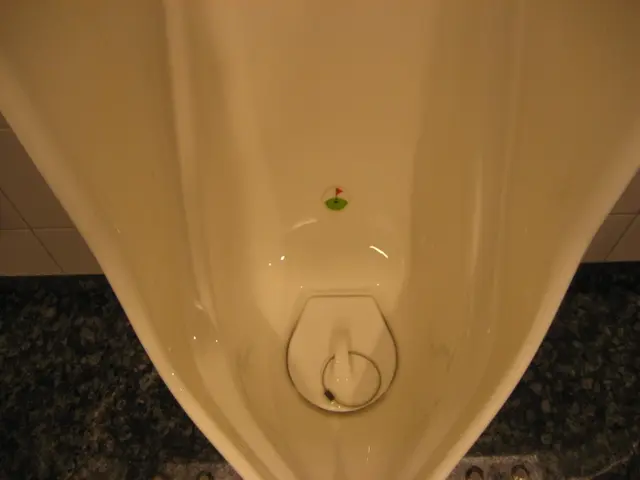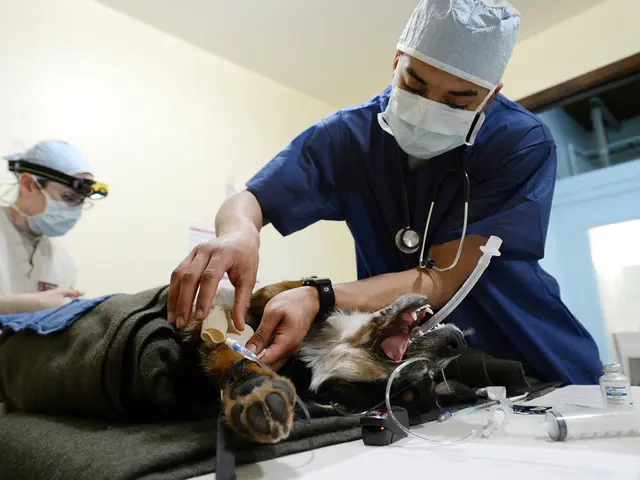Peroneus Brevis Muscle: Vital for Balance and Foot Movement
The peroneus brevis muscle, located along the outer part of the lower leg and foot, plays a crucial role in maintaining balance and foot movement. This muscle, innervated by the superficial peroneal nerves (L5 and S1), is responsible for various actions that aid in walking and balance.
The peroneus brevis, also known as the fibularis brevis, is a short muscle situated beneath the peroneus longus. It attaches to the lower two-thirds of the fibula bone and the fifth metatarsal bone of the foot. This muscle assists in moving the ball of the foot away from the body (dorsiflexion) and helps in turning the inner portion of the foot outward (eversion). These movements are essential for maintaining balance while walking on uneven surfaces.
Injuries to this muscle, such as strains or tears, can affect a person's ability to walk and balance properly. While the search results did not specify a particular doctor specializing in the treatment of such injuries, it is important to consult a healthcare professional for appropriate care and rehabilitation.
The peroneus brevis muscle is vital for normal foot and ankle function. Its role in dorsiflexion and eversion helps maintain balance and stability during daily activities. In case of injuries, prompt medical attention is crucial for a full recovery.
Read also:
- FDA's Generic Mifepristone Approval Sparks Pro-Life Concerns Over Safety and States' Rights
- Understanding Child Development: Causes and Signs of Delays
- Top Superfoods for Hormonal Health: Avocados, Berries, Flaxseeds, Turmeric, and Cruciferous Veggies
- Pope Francis' New Book 'Let Us Dream' Offers Unity and Hope for Post-Covid World








